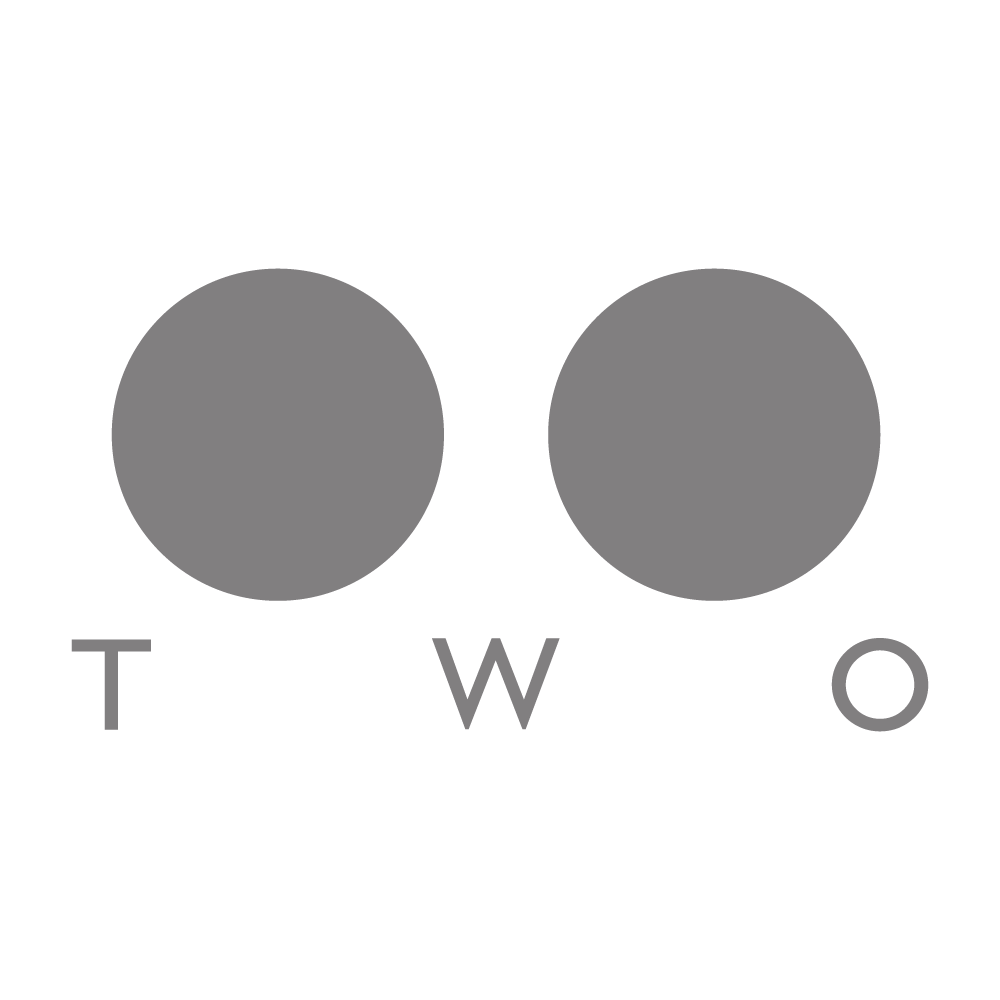Art and the Algorithm
There are moments in life when one is acutely aware that the world has shifted on its axis. For me, that moment came when I asked ChatGPT to write a poem for my 17-year-old dog, in the style of Shakespeare. Call me emotional, but the poem it effortlessly spat out, in 3 seconds, choked me up, and I knew then that the creative landscape had irrevocably changed.
To Thee, My Canine Love, of Seventeen Years
In sooth, thou noble beast of tender heart,
A faithful friend, companion from the start.
With silken fur and eyes of deepest night,
A radiant spirit, pure and filled with light.
Of noble lineage, thou hast graced our home,
Through verdant meads and woodlands did we roam.
In playful jest, thy merry tail did wag,
A joyous presence, ne'er a fleeting flag.
A steadfast friend, through seasons of delight,
In sorrow's grip, thy presence eased my plight.
Thine eyes, a solace, in their depths I find,
A love untamed, a bond that dost entwine.
In twilight's glow, thy visage dost now fade,
Yet, memories sweet, forever shall pervade.
Thine age, like autumn leaves, now worn and thin,
Thou dost confront the passage of the wind.
Fear not, my friend, for in my heart thou dwell,
And, ere our parting, this truth let me tell:
Thy love, immortal, shall forever shine,
In cherished thoughts, my canine love, divine.
So rest thee now, with paws upon my breast,
A love eternal, ever gently pressed.
And as the curtain falls upon the stage,
Know thou hast been my solace and my sage.
As a Creative Director for the past 15 years, I have had the privilege of engaging in a diverse array of projects and disciplines. Yet, the advent of Artificial Intelligence in the creative industry has unveiled a Pandora's box of possibilities and concerns that I could never have anticipated when I first began my creative journey.
In my role, my primary responsibility is to gauge the expertise of each creative individual, without necessarily becoming a specialist in their particular field. By understanding the nuances of their respective disciplines, I can ensure that creative teams operate harmoniously and collectively contribute towards a greater creative vision.
Through years of collaboration with exceedingly talented individuals, I have developed a broad understanding of crafting compelling copy, achieving balance in graphic design, mastering typography, maintaining content hierarchy, adhering to good UI and UX practices, and producing engaging visual narratives through filmmaking.
Today, as Artificial Intelligence gains momentum in this creative industry I’ve called home, I find myself both excited and apprehensive.
On one hand, my position as a Creative Director appears secure, as my expertise allows me to collaborate with AI as I would with any other creative professional, arguably with even greater control. I possess sufficient knowledge to steer the AI in the right direction and provide constructive feedback when necessary, much like I have done with my human counterparts countless times.
Yet, I cannot help but marvel at how AI has seemingly levelled the creative playing field overnight. Countless gifted designers have struggled to market their work due to an inability to craft compelling copy for it. Similarly, a lack of visual design experience has hindered numerous talented writers. Even product developers, who might possess remarkable technical skills, often find themselves constrained by the contemporary demand for visual and copywriting chops. Suddenly, the world has opened up to every creative person out there. Suddenly, there’s nothing to hold anyone back. It is the first true democratisation of creativity.
On the other hand, the uncertainty of the future is disconcerting, to say the least. As AI begins to permeate our lives, we are already witnessing a profound shift, with unprecedented levels of creativity and talent emerging from these machines. This transformation raises essential questions about the evolving roles of creative professionals, the impact on traditional creative industries, and the potential for new artistic expression to arise.
For ages, creatives have revelled in their self-perceived uniqueness and irreplaceability, asserting that machines could never compose poetry, paint masterpieces, or craft eloquent copy. They argued that a machine, devoid of human experience, could not possibly create art. Yet, as we stand on the precipice of a new intelligence revolution, our presumptions are being challenged. AI now has the capacity to compose heart-wrenching poems, accurately mimic the works of Renaissance masters, and generate arguably great art in mere seconds.
In navigating these uncharted waters, it is crucial that we remember the excitement and curiosity that initially ignited our passion for our professions. Embracing AI as a collaborator, I believe we can harness its potential to elevate human imagination and foster a more dynamic and inspiring future for creative expression. There will, however, always be a place for those who continue to go the purely “human-made” route. And for the clients who are willing to pay a premium for that work, there will always be an audience that will appreciate and respect it.
I don’t know what exactly the future holds, but I know creative professionals have always had an uncanny knack for adapting to unexpected changes in the industry. For now, I remain optimistic that our new creative future is going to be wondrous.


